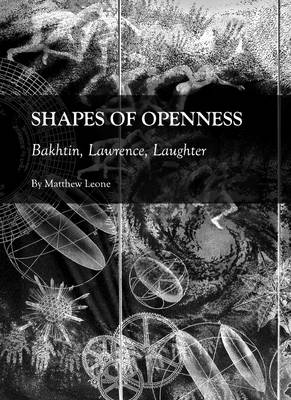Bakhtin and Lawrence share remarkable affinities. Bakhtinian dialogism is effectively a philosophy of potentiality, and Lawrence, or at least the Lawrence who authored Women in Love, may well be its High Priest. Both thinkers address questions of unity, newness, and the creative process. In this study they enter into complementary, genuinely Bakhinian dialogue, one in which "The word in language is half someone else's." One surprising result of this comparative examination is that some prevalent, deeply damaging biases about Lawrence are undermined: Is he a misogynist, or is he essentially, as he seems evidently to fear in Women in Love and rather consistently elsewhere, an over-compensating momma's boy?Here Bakhtinian theory is used as a means of testing pertinent criticism of Lawrence, and it provides a detailed conceptual basis for the readings of his fiction that follow. Is Women in Love a Bakhtinian "open totality"? How is dialogic openness (as opposed to modernist indeterminacy) a "form-shaping ideology" of comic interrogation? Is Women in Love not only open-ended and unresolved, but also about its open-endedness or unfinalizability? In methods and meanings, in forming depths and explicit surfaces, this study explores the sum and substance of the novel's dialogicality, and finds that the shape of its dialogic openness is interrogative.Indeed, in Women in Love characters are identified by the self-shaping questions they ask: "'How much do you love me?'" asks Gudrun of Gerald, whose "'What do women want, at the bottom?'" like Ursula's "'Do you really love me?'" have surprisingly revelatory depths. Birkin's ludicrously encompassing and apocalyptic "Is our day of creative life finished?" not only expresses a fundamental authorial narrative intention, it simultaneously and self-correctively mocks itself for so doing, and does so in ways that may well suggest intuitive insights into the nature of Bakhtinian carnival laughter. In large measure, "character" in the Bakhtinian framework appropriated by this study is essentially a question personified, one that is made to walk and talk, so to speak, within the intersecting chronotopes or "time-space" zones of the novel. Such ambulatory interrogations then either connect or fail to do so with other characters-as-questions in "living conversation."Women in Love achieves a polyphonic or dialogic openness, one that Lawrence in his later fictions cannot always sustain. Subsequent to it, univocal, simplifying organizations in his work supervene. In his later fictions, dialogic process collapses into a stenographic report upon completed dialogue, over which the travel writer, the poet or the messianic martyr preside. There are, nevertheless, even in his later works, happy exceptions to this diminution of dialogic vitality. Lawrence's consummate, dialogic openness of thought and expression can be discerned in the ambivalent laughter of The Captain's Doll, of St. Mawr, and of "The Man Who Loved Islands." In these retrospective variations on earlier themes, laughing openness of vision takes new, "unfinalizable" or "open" shapes.
- ISBN13 9781443818452
- Publish Date 2 February 2010
- Publish Status Active
- Publish Country GB
- Imprint Cambridge Scholars Publishing
- Edition Unabridged edition
- Format Hardcover
- Pages 175
- Language English
